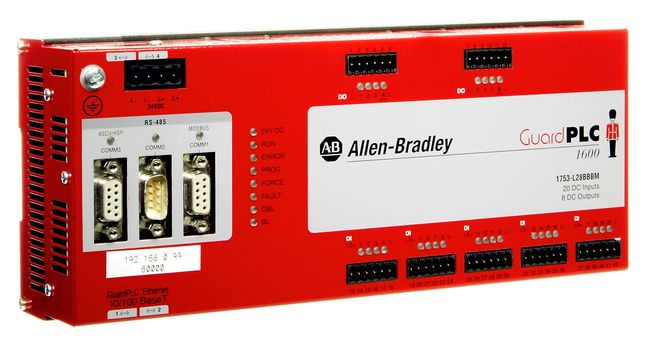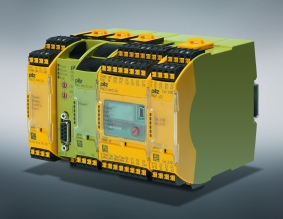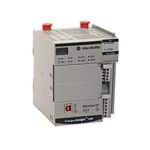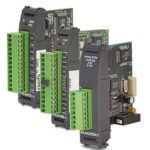All PLCs (programmable logic controllers) do essentially the same thing; control some machine process. Typical PLC functions include timing, control, and sequencing of such actions as turning motors, pumps or valves on or off.
A safety PLC, on the other hand, is a dedicated controller specifically built and certified to meet safety requirements, such as functional safety directives IEC 62061, ISO 13849-1 or IEC 61508 that defines Safety Integrity Level (SIL), or the levels of risk reduction provided by some safety function.
As for the actual physical PLC, at the hardware level, there are a number of important differences. A primary difference between the two types of PLCs is the presence of redundancy and self-checking mechanisms in the safety PLC that are not present in an ordinary PLC.

Another important difference is in the input and output stages. For inputs, a safety PLC continually monitors the status of inputs to detect any failures or malfunctions that may indicate problems further down the line or in the machine itself. As for outputs, there is additional safety circuitry between the output and a device connected to an output that is designed to limit any damage to external devices if there is some type of fault or malfunction.

So, how do you know if you can use a regular PLC or if you need a safety PLC? More often than not, you’ll know the safety requirements for the machine you’re designing in one of two ways; by the country where it will be used and thus the safety regulations governing machines in that country, and/or by the type of machine you’re designing.
For instance, there are differences between machine safety requirements in the U.S., the EU, and China. But also, machines used in the food and beverage industry, or a controller for a stamping press, or controllers in an oil refinery will have differing safety requirements as well.






Leave a Reply
You must be logged in to post a comment.